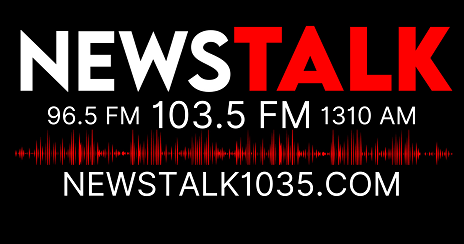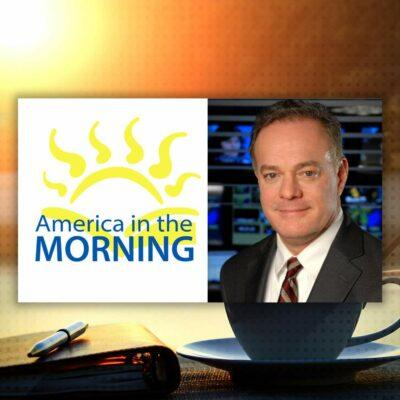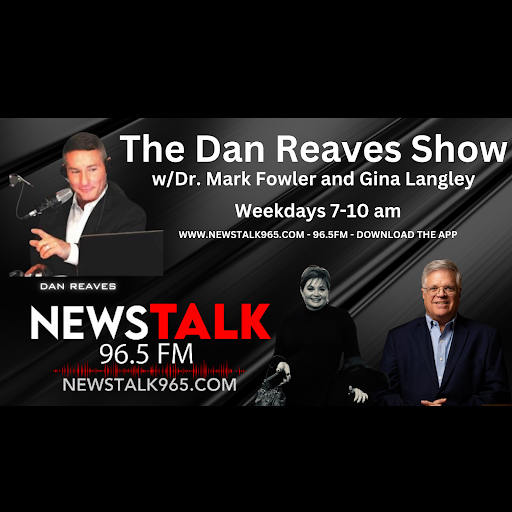When I was 8 or 9 years old, my cousins from Phoenix came to visit their hayseed side of the family in West Tennessee. While we Tennesseans weren’t wearing straw hats and overalls or anything like that, we sure weren’t up to date on the latest 80’s fashions. Back then, social media wasn’t around to teleport the latest stylistic crazes from the coasts to middle America via TikTok or Instagram – we had to wait months to find out what was “cool” and then wear it proudly while we could before a new trend made its way to the flyover states.
That summer, though, my cousins caught everyone’s attention at my dad’s slow pitch softball game at Muse Park wearing the latest fashion craze that was burning up the West Coast. The shorts they were wearing were obnoxious with color and design; the patterns were sharp and crowded – zigzagging their way across the material in unpredictable directions. Some might even say the designs were “loud”. Of course, everyone in West Tennessee would be wearing the shorts we would come to know as “Jams” the next summer, but that June night my cousins stuck out like a sore (and floral) thumb.
I’ve been thinking about this a lot lately – how trends affect culture – how they are contagious in the worst ways. I’m seeing it happen more and more in conservative politics, too.
The latest movement to sweep across the political landscape is the advent of “school choice.” Like CRT, Drag Shows, and Primary Voting, school choice is the result of right leaning lawmakers in conservative states playing copy-cat with one another to see who can introduce the trendiest conservative bills each session.
In Governor Bill Lee’s first term, legislation was passed that would allow Educational Savings Accounts (ESA’s) to be established in Memphis and Nashville. That legislation was stalled in court for several years before finally being implemented this past August. Last week, a bill was introduced to expand ESA’s into Hamilton County. In essence, ESA’s allow public, taxpayer money historically reserved for public school students to follow a student to a private school or homeschool, therefore removing money from local school districts. Unsurprisingly, ESA’s have had a hard time gaining support in Tennessee.
Not to be deterred, Lee and his band of theocratic autocrats teamed up with Hillsdale College President Larry Arrn to introduce the implementation of a sweeping charter school plan that would bring 50 new charter schools to the state of Tennessee. Predictably, charter school applications have made their way to Jackson. One was denied last May when it was haphazardly presented to the school board; another is looming in the near future.
The confusion around charter schools lies in the fact that they are publicly funded by taxpayers, are assessed like other public schools in a local district, and employ state certified teachers. The leadership of the school, however, is completely autonomous. The school can make its own decisions outside of the jurisdiction of the local school board, but the school will be paid for by taxpayers and will take money from schools in the local district. When held up to the same testing standards of other public schools, charter schools most often have less success on accountability tests.
While the recent push for school choice has been initiated by the Republican Party in Tennessee, the issue of charters hasn’t always been a one-sided political issue.
President Barack Obama was a big believer in charter schools. His Secretary of Education, Arne Duncan, was, too. Like most politicians, Obama’s ideas about public education were well-meaning but terribly misguided. He only strengthened high-stakes testing and accountability and incentivized states to write higher and more demanding standards on which students would be tested at the end of each year.
Charter schools have had an easier time gaining traction in Tennessee than their legislative siblings, ESA’s, for a few reasons. One, charter schools have been around for awhile in larger cities across the state. Two, unlike ESA’s, character schools are held to the same accountability standards on year end assessments as other public schools in local school districts. That’s where the similarities end, though.
The specific types of charter schools that want to be planted by the arm of Hillsdale College in Tennessee say they desire to have a diverse student population; that they will provide a choice education for underserved populations in local school districts. In fact, their stated goal for some of their proposed charter schools is to have a majority minority school population with the African-Americans and Hispanic students making up nearly 80% of a given charter school’s population. That doesn’t seem to be the case, however, with the schools Hillsdale has helped establish.
The Atlanta Classical Academy student body is made up of 71% of white students while African-Americans only comprise 13% of the student population. The city of Atlanta is a diverse, metropolitan city, but Hillsdale didn’t put a charter school in the area of Atlanta that would serve a minority population; it decided to establish the Atlanta Classical Academy in the affluent (and mostly white) suburb of Buckhead thus rendering the imbalance of demographics at the school.
Saint John’s Classical Academy in Fleming Island, Florida serves students in grades 6-12 and whose demographics skew heavily caucasian – 80% to be exact. The same can be said for Seven Oaks, Ascent, Ivywood, Lake Country, and Golden View Classical Academies whose white student populations hover around or above 80%. In fact, out of the 16 Hillsdale backed charter schools showing data, 15 of those of the schools were majority white.
Aside from the initial disinformation provided by these schools as they seek to gain a place in local districts, the curriculum promoted by Hillsdale affiliated charter schools whitewashes history and has even described affirmative action as something the founding fathers would frown upon.
Despite everything written above, I wouldn’t describe myself as someone who is completely against charter schools. I believe they can be a needed option in large, metropolitan districts. I believe charter schools that focus on the arts or STEAM innovations are excellent choices for students in districts large enough to financially and communally support those schools. I do not believe, however, that Jackson-Madison County is one of those districts.
While our city and county are obviously growing, we’re still not large enough to not feel the effects of the six flourishing private schools that are within our city limits. Not to mention the growth of Medina and the students and families who have migrated north over the last 15 years. Tennessee Investment in Student Achievement (TISA), the new funding formula for public education in Tennessee, is still murky but does lend itself heavily to investing money directly to charter schools; schools that would be publicly funded but privately managed.
As a veteran teacher, I know how important money is to a local school district. I also know that it’s not the most important variable in the success equation.
Parental and familial support within a school environment is the number one predictor of success for that school and those students. Being able to be part of your student’s educational process as a parent is a privilege, and I mean that literally. Not every parent is able to do that.
Before I returned to JMCSS last month, I worked in the district office in Haywood County Schools. I had to attend monthly school board meetings, athletic events, and other district events. Most days, I wouldn’t get home until 5:30 or 6:00. I’m also a full-time single parent, so that meant making sure my daughter had dinner each night or making sure she got to Young Life or her school’s ball game. I wasn’t as active as I wanted to be in her educational process, and I sure wasn’t involved much at her school. And, my schedule was extremely family friendly compared to most parents in our school system. If a charter school were to be approved here, it would only further stretch parental resources in a district that’s already been stretched enough.
The irony in this push for “school choice” is that the Jackson-Madison County School System has never offered as many choices as they do now. If you are a student or a parent in Madison County, there is a place for you in this district.
You’re looking for a hands-on, active learning experience in the model of Maria Montessori? We got that. How about innovative computer programming and coding? Check. Sports? Yes. Academic rigor and dual enrollment? Absolutely. Work based learning and apprenticeships and internships all while being a high school student? Yes, yes, and yes. There is literally nothing the district doesn’t offer, and everyone has access to those options.
I’m not saying all these great things about JMCSS because they pay my salary. There are improvements that need to be made in the district because that’s true in every organization, but I can honestly say that I can’t remember a time when JMCSS had such a wide array of options for students.
There isn’t a charter school that’s going to offer anything new that JMCSS doesn’t already offer; it will simply whittle away more resources from a district that’s just now gaining some momentum.









